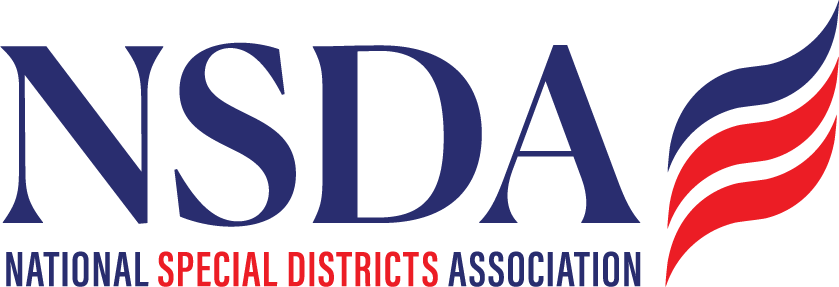Addressing Community Gaps in Adequate Water Infrastructure for Firefighting
NSDA began examining community gaps in water infrastructure for firefighting following a number of fire protection and water district inquiries into assistance opportunities to address the issue. Unfortunately, existing federal programs that are otherwise popular for fire and water infrastructure either have limitations or restrictions preventing many local agencies from addressing these local gaps in public health and safety.
NSDA studied this policy matter with a working group of special district leaders providing fire and water services across nine states followed with a nationwide survey open to all local agencies providing fire and water services. The result was publication of a July 2022 white paper providing an overview of the public policy issue and recommendations to close the gaps.
NSDC Report - Water Infrastructure for Firefighting_Providing Resources to Address Gaps in Public Health and Safety - July 2022.pdfBoth public fire and water service providers expressed major concerns in providing robust, maximum community fire protection. The agencies acknowledged the systematic deficits and are widely interested in offering solutions to meet needs of public health and safety, but they experience hardships to provide critical fire suppression resources. Highlights of this issue include:
- Steep construction and maintenance costs of water infrastructure for firefighting.
- Grant barriers exist – primarily because there is no single, reliable source of financial assistance for projects with fire suppression infrastructure objectives. Smaller, more rural agencies experience staff capacity hardships in searching for, applying for, and executing grant programs.
- Water and fire agencies have two different missions and are often unable to efficiently communicate with each other. Fire agencies usually have a heavier burden on interagency communications with more territory falling under their jurisdictions. However, NSDC research indicates these two types of agencies would be willing to collaborate with each other to improve access to fire suppression resources if cost share funding opportunities existed.
- Rural water and fire agencies often operate on very lean budgets, which exacerbates the above issues. Furthermore, rural and wildland-urban interface communities may not have good access to any water resources and may not have a water agency with which to collaborate. In these communities, any water is sufficient for fire suppression needs, whereas water quality matters much more in urban communities.
Ongoing Advocacy
NSDA continues to work with national and regional partners to examine existing federal programs as vehicles for policy change - especially given the post-2023 Debt Limit Deal outlook on authorization of new federal programs.
The focus of NSDA's advocacy is review of the Community Wildfire Defense Grant program for amendment to include water for firefighting infrastructure projects as eligible for the program.
Read more:
HouseSenAg 4.13_Community Wildifre Defense Grant Program Farm Bill.pdfNSDA seeks ongoing feedback from public water and fire providers including special districts, towns, cities, counties, and private entities. Do you have concerns with your community's water infrastructure for firefighting infrastructure, let us know here.
